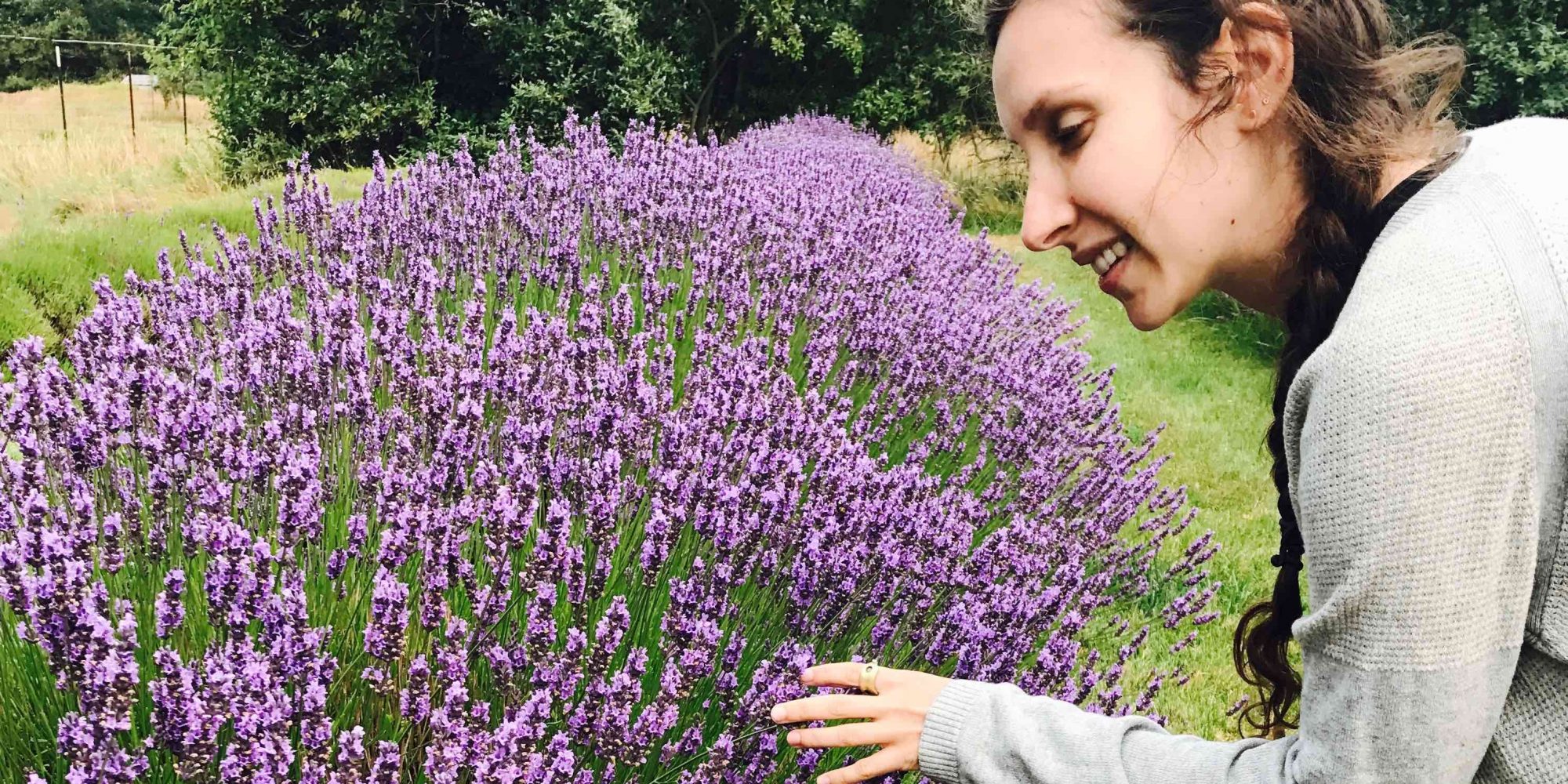
“Part Of A Movement Away From Consumerism”: Daughter Of The Land Is The Beauty Industry’s Conscience
These days, consumers are increasingly demanding companies have qualities they admire in people, and be real, ethical and trustworthy. Ashley Spierer’s Daughter of the Land is meeting the exacting expectations to become a do-no-evil role model for the beauty business. The brand’s skincare is packaged in eco-friendly glass and paper to protect the organic, fair-trade ingredients it relies on for its formulas, and designed to deliver benefits without exorbitant prices. “My brand and I are interwoven. I think of my brand as multifunctional minimalism, and I’m very much about that as well from the cleaning supplies to the hair products to the clothing that I use,” says Spierer. “I walk the talk of what I promote.” Beauty Independent asked her to elaborate on her no-plastic policy, retail challenges, funding considerations, product improvements and the recognition that Daughter of the Land doesn’t have to follow in the footsteps of other brands.
What were you doing before Daughter of the Land?
I worked in healthcare consulting. I took a leave of absence and worked in India at a maternal health social enterprise. I felt that I no longer wanted to work in a corporate environment. I had brought natural products to India with me to use. I was into natural body, face and hair products, and my hair was really frizzy there because it was really humid. Nothing was working, though, so a friend suggested using coconut oil on my hair. I used it, and it worked. She said, “You can use it for so many things.” I started covering myself with coconut oil, and that led to the realization that natural ingredients worked better than the quote unquote natural products I had been using. That’s where everything started, but it took a year or two of iterating before Daughter of the Land. I started working on it while I was in India, but I didn’t launch it until I was back in New York.
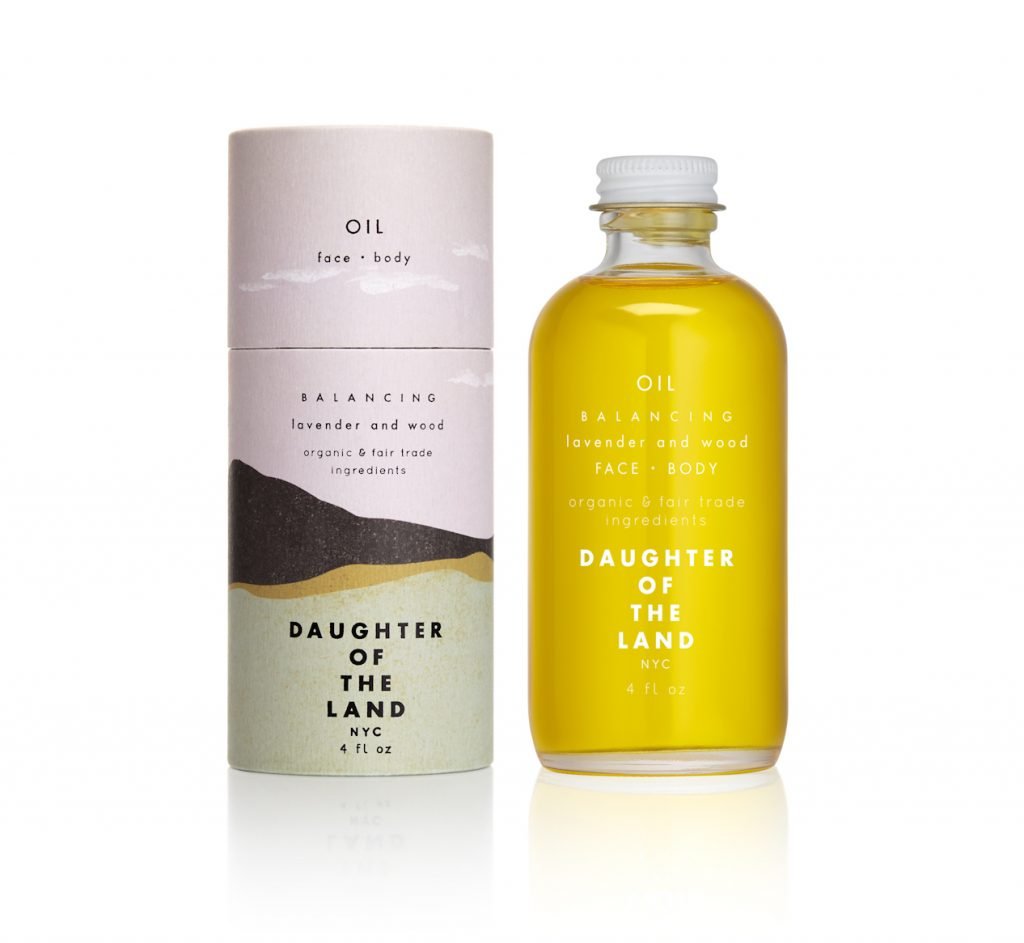
When did it launch and with what?
It launched in December of 2016 with three face and body oils for different skin types. Before Daughter of the Land, I had a farmers market-y brand that I was trying things out with. I had no design skills, and it looked like I made it on PowerPoint. I was super into coconut oil, but I learned how coconut oil shifts with the temperature. It was different in New York than in India. I also realized one oil doesn’t necessarily work for every skin type. I started formulating to figure out what would work for oily, dry and combination skin types. I created multifunctional oils for different skin types. I wanted to launch the brand with products that encompassed its message of versatile, multifunctional and fully organic products.
How did you come up with the name?
Someone that reads Daughter of the Land will automatically understand the brand is dedicated to natural ingredients and cares about the earth. A big part of the brand is that it’s 100% organic and uses fair trade ingredients. Also, the packaging is sustainably-focused. Going into the design elements, I really wanted it to feel and capture beautiful elements of nature in a warm and friendly way. An organic brand can be on the crunchier side, but having an elevated look makes it appeal to a wider audience. My husband’s sister worked in luxury fashion, and she talked to me about how packaging is so important. She introduced me to design firm Dando Projects. They were very helpful in delivering my message in an artistic form.
What was your distribution strategy?
I never had a business before, so I didn’t have a very clear plan. Instagram has been a huge help in shaping where I ended up. Within the first two months of launching, we got into Free People. They reached out to me I think based off of Instagram. In the beginning, I lived in Brooklyn, and I would go door to door walking into stores. I was also emailing a lot of people to ask about connections they had to retailers, and doing a lot of cold emailing and Instagramming. Initially, I went to stores that I liked. The first store I sold to was called Regular Visitors. It was down the road from where I lived, and I thought it was just the cutest store. My goal is for Daughter of the Land to be accessible to everyone. It doesn’t have to be an old or young person. I have customers of all ages and types.
What was it like when Free People reached out to you?
I remember getting the email, and I cried. I was really emotional, thinking to myself, “I used to shop there when I was younger, and it was so cool.” It was a very approachable experience to enter their online store. They order in smaller quantities. It was a really good stepping stone to ease into growing. I have grown a lot, but I still do everything along with a few women who help me manufacture. I’ve gotten more efficient with the way we go about manufacturing. And I switched from Squarespace to Shopify, which really helped me streamline orders.
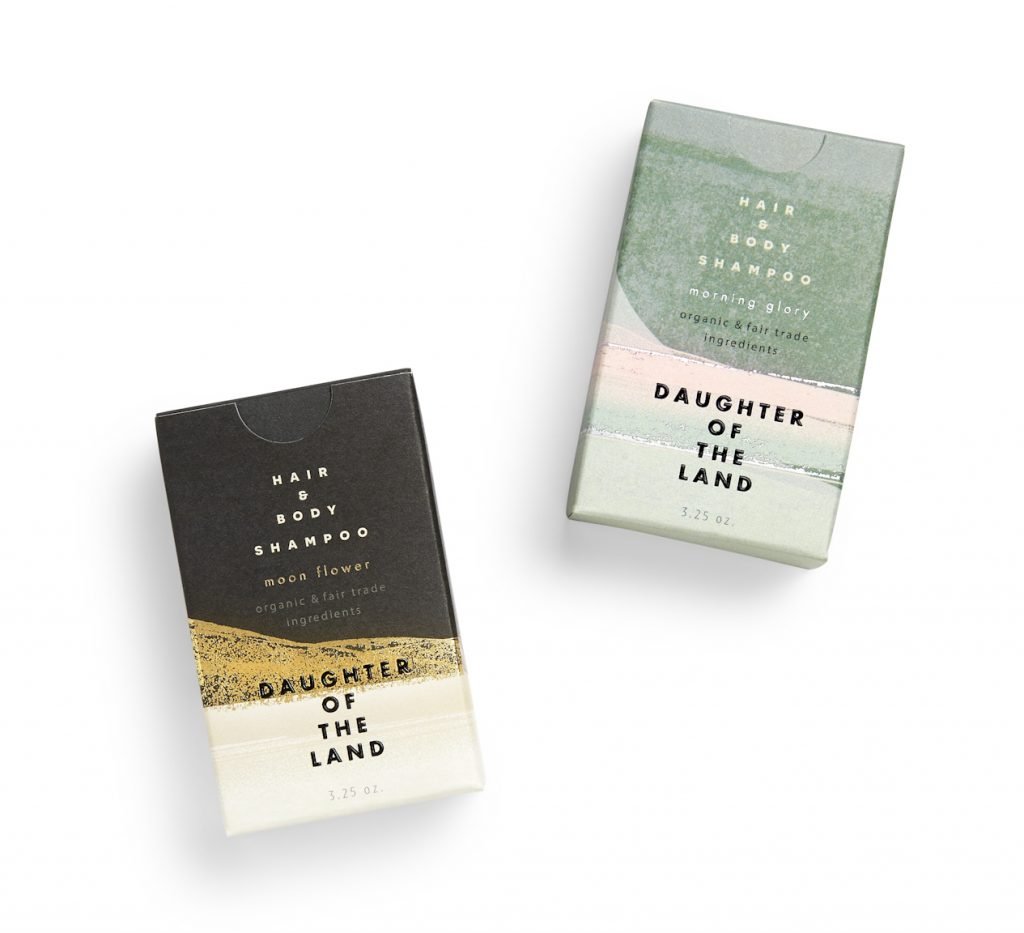
How many retail doors is the brand in?
About 190. I went into Nordstrom with the Nike pop-in. I recently entered CAP Beauty. I was in Free People and Anthropologie, but I’m no longer in Anthropologie. I was in Madewell, but I’m no longer in Madewell either. We got into Uncommon Goods, and they’ve been a big retailer for us. They are more gift-y, and I fit well in the gift category because of the packaging.
What percentage of the business is from its own e-commerce?
I’m mostly wholesale right now because I’m not paying for a PR person. Building relationships with customers directly always feels special. I do craft fairs and holiday markets. I think those environments are so helpful to create a product that resonates with people, and they help my relationships with big stores as well. My dream percentage is 50/50. Right now, it’s about 80/20.
How do you see the brand’s distribution expanding?
To be honest, I’m really figuring that out. I spend so much time making and packing products. My goal for the new year is to come up with a plan for what to do. It might be hiring a third-party logistics company to help me ship everything. I love the idea of hiring women and doing job training, but I don’t know what it would look like yet.
How many products does Daughter of the Land have now?
Seven. The bestseller has changed dramatically within the last few weeks. Initially, it was the Balancing Oil. It was the bestseller because it’s an entry-level oil. It’s made of grapeseed and jojoba oils. It’s really thin and easily absorbed, and it has lavender for mass appeal. The scent is Lavender + Wood. In the second week of October, we launched Cypress Cannabidiol Bath Soak, and it was featured on the Daily Beast. It’s been selling very quickly.
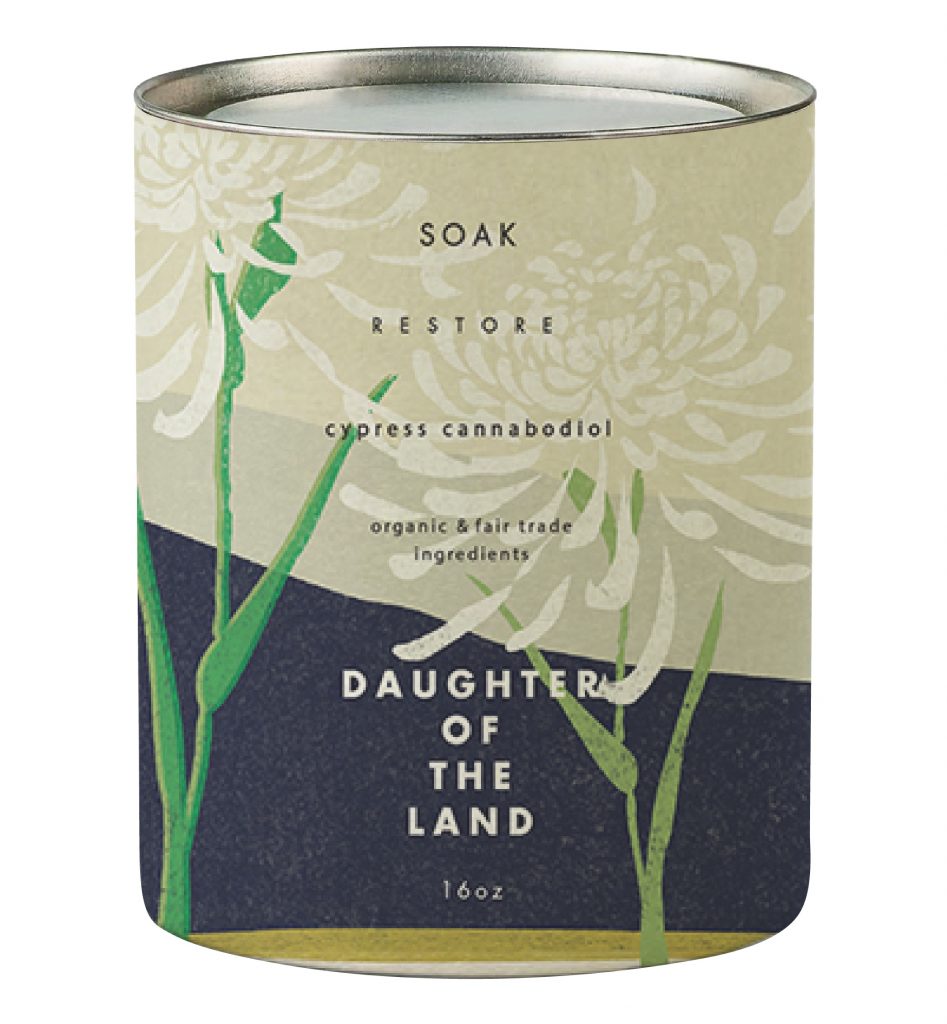
What are the prices of your products?
It ranges from $19 for the shampoo bars to $33 for the soak and $48 for the oils. Obviously, $48 is not dirt cheap, but I wanted to be approachable. People’s reactions to it are, “Oh, it’s a large bottle and a price that feels like an investment, but not a deterrent.” A bottle can last for four to five months depending on how much you use. For an entry price point, I launched sample sizes of the oils that are $10. Not everyone knows what their skin type is or how they will react to something, so that’s been helpful for someone who wants to try to the products.
What are your thoughts on the CBD craze?
Before my company, I worked in healthcare, medical devices and pharmaceuticals. I read the studies on CBD and its effects on arthritis and inflammation. I think it’s really a magical ingredient to offer. So, it’s great that it’s accessible. The hard part from a maker standpoint and a market standpoint is the consistency of measurement. There are 60 milligrams of CBD in the soak. My calculation can be different from someone else’s. I imagine it’s hard for the end user to distinguish what they need and what will help them. But I’m excited about it. I’ve heard from friends who have injuries that it has really helped them. Still, there is a lot of unknowns, and I think that comes with anything new. Some of the stores have asked for paperwork, which I think is great. People will start to understand what to ask for if there’s more knowledge around CBD.
What was the worst day at your business?
I had been working on launching 48 stores of a natural grocer in the Southwest. I was ramping up for the launch and had put in five to six months of work. I emailed them to confirm because I was launching in a month, and I had to buy a really expensive insurance policy. They were like, “Yep, go ahead.” Then, four weeks later, they cancelled the order because the buyer changed. It was devastating. It would have changed my whole business, and I focused a lot of energy on it. It was so abrupt when it ended. The person who replaced the buyer said we could restart the whole process, but I didn’t. I learned that growing in a more sustainable fashion and having things finalized before making an investment is important.
Have you taken on outside funding?
I haven’t done outside fundraising. I am completely self-funded now. I have gotten approached by investors, but I don’t know yet. My dream is to grow sustainably and own 100% of my company. When I hear the stories of how Eileen Fisher and Patagonia started, those are really inspiring to me. I also see the struggle of growing with only the money I’m generating. I’m still trying to figure it out. I’m looking at the options of bank loans versus lines of credit versus friends and family. I go back and forth. Some days I think I need help in order to grow and, other days, I think I’m doing fine as I am. I haven’t settled on a choice yet.
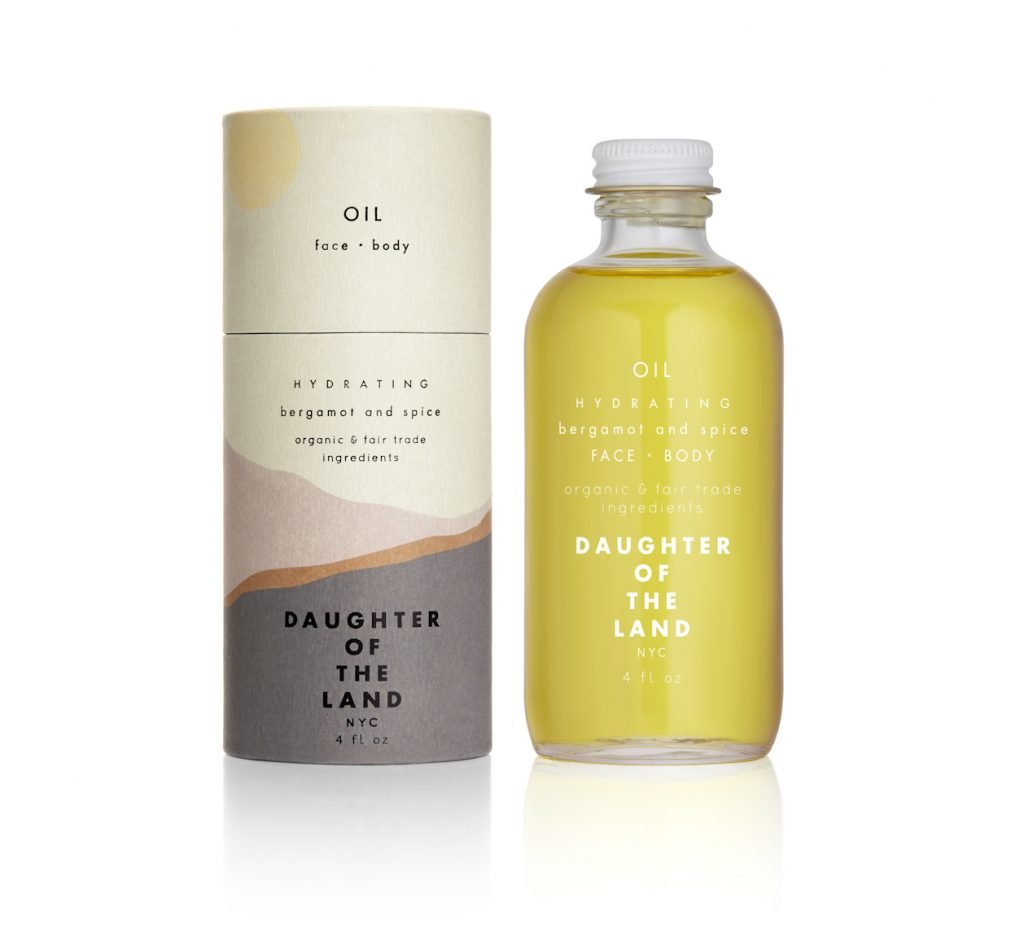
What’s your work environment like?
I have a studio space that’s connected to our house, but I thrive off of change. Some days I will work while standing at a desk. Some days, I sit on the couch and, some days, I’m at a café. The only thing that is consistent is coffee.
What’s been effective for you on social media?
What has worked has been honesty. I try to be educational, show the personality and character of the brand, and promote the stores that I sell in. I’m not a social media expert, so I’m still learning about what works. The post that has done the best for us is a dog in a bath, which I never would have guessed. I try to keep education underlying what we do, even though it doesn’t get the most love. I should be more consistent with my newsletter and blog posts. As a founder, I don’t have a voice on social media, and I waver back and forth as to whether I should tell my story as a business owner. I’m shy, and it’s easier for me to talk about my product than myself, but I feel that I’ve benefitted so much from hearing other people’s stories. I can consume them all day on podcasts and through reading because I know how beneficial they are. I want to contribute, but I’m finding my way toward how I would do that.
How do you approach creating new products?
I take a personal approach and think about how I live my life, and how I can improve on what exists or doesn’t exist. I made the soak because I really like taking baths. With the shampoo bar, I wanted to create another product that was multifunctional and make it easier for people to reduce their impact on the environment. It is easy and fun, and it helps reframe people’s thinking about shampoo. It doesn’t have to be in a plastic bottle. It can be in bar form. For a full offering, I envision 10 products, but I don’t know what the others will be.
What is your biggest fear as an entrepreneur?
I have a lot of fears, maybe all the fears. I am scared that I won’t know if something is not working out. I’m so in it, and I love it. I want to believe in it, but am I missing something?
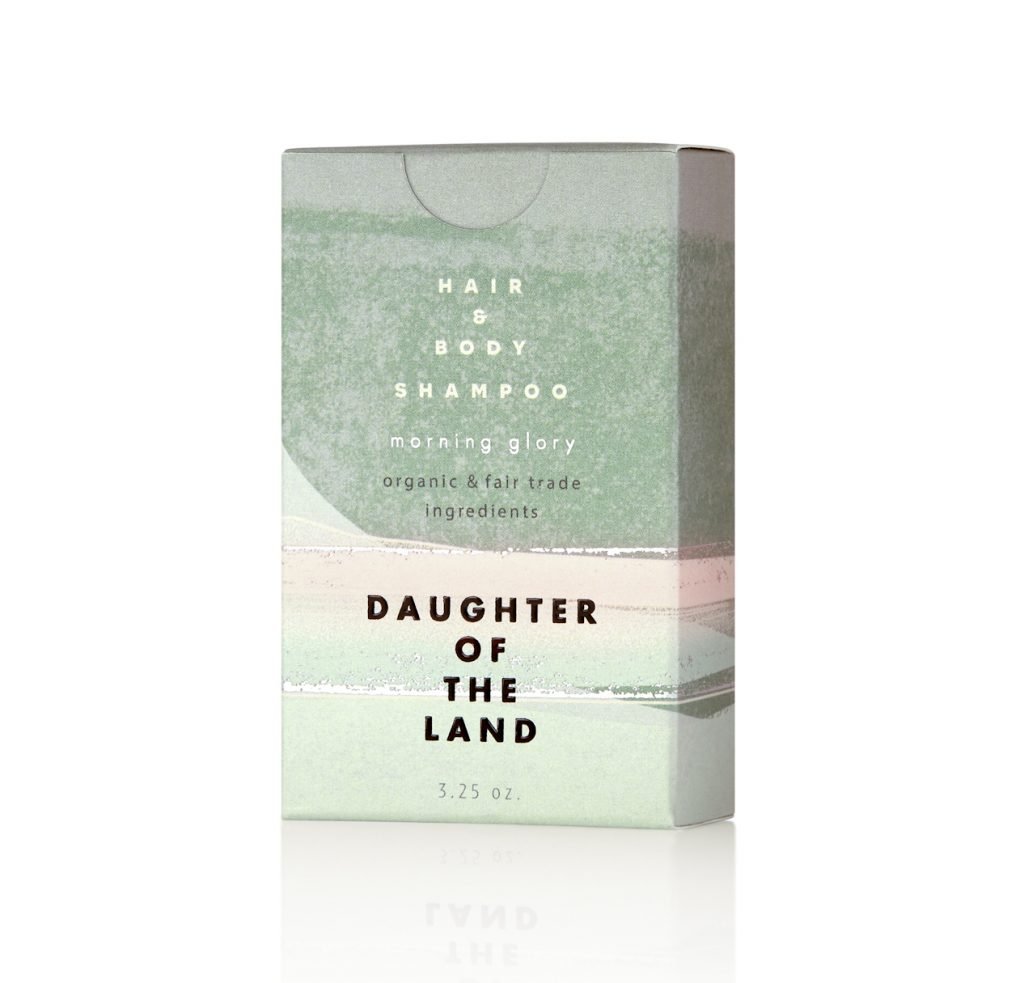
Is Daughter of the Land on Amazon?
Yes. Many of the stores I sell in are cute general stores. I don’t have a footprint in parts of the country, and Amazon helps give people access to the brand where I don’t have a store. I only sell the shampoo bars on there. I put them on there to try it out. I think it’s impersonal, and I don’t like the waste that comes with it. With a Prime account, you can buy six things at the same time, and they come in six different boxes. That feels terrible, and I can’t measure the impact it has on my stores. I limited it to the shampoo bars as a test to learn and see what happens.
Have you had a product fail?
I use the unfiltered, purest forms of oils. The grapeseed oil almost has a wine smell to it. When people see a bottle that says lavender, they want it to smell really strong. I learned how important scent is. So, I increased the amount of lavender to have the top note be lavender, and switched up the formula so there was less of the grapeseed oil and more of the jojoba oil so the wine smell wasn’t as present.
Are you able to strike a good work-life balance?
It’s really hard for me. My dream is to have a company and be an independent entrepreneur, and I feel this is such a crucial time for me with the growth of natural beauty as a whole. If there are hours to work, I will work them. I work all day, and I work at night. So much time recently has been dedicated to making the bath soaks. It’s the ultimate self-care product, and I’m doing less of it, but I’m figuring out ways to incorporate small acts of mindfulness.
What packaging do you use?
The oils are in glass, and they needed to be wrapped in something that protects them from breaking when they are shipped. The sleeve can prevent breakage, and it’s also beautiful. They are 100% recycled paper. Having it be sustainable wasn’t even a question for me. We are not using plastic. Of my options that are sustainable, I try to figure out what cost I’m able to spend to have the product be affordable and also consistent. For the bath soak, we use compostable bags made of wood inside the tubes, and the tubes are 100% recycled.
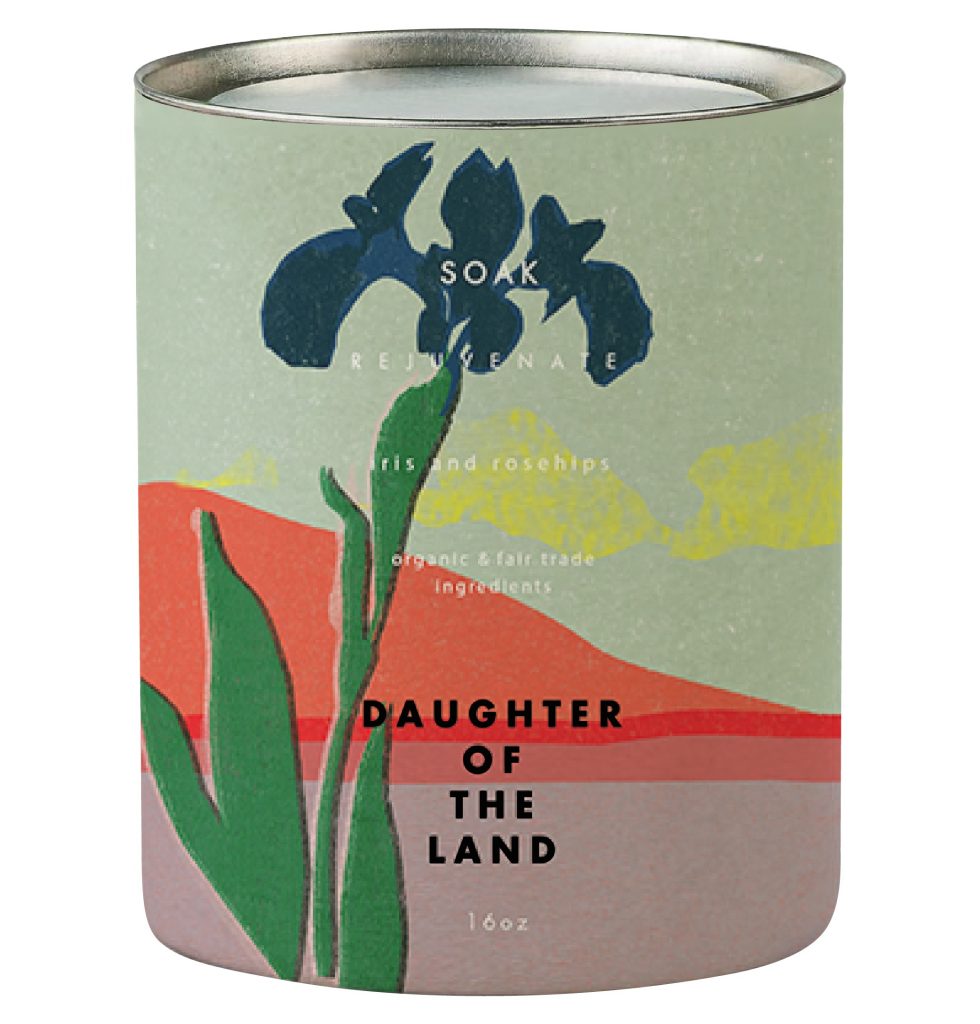
What have you learned about what it takes to make it as beauty entrepreneur?
Things come in waves, and they can be terrible and great all at once. My lowest lows might be met with my highest highs. And the industry is changing. People’s awareness of consumerism is changing. I try not to think of my company as a beauty company and more as part of a movement away from consumerism and excess to a focus on simplicity. I remind myself that it’s OK for my company to be on its own journey with connections to consumers that are unique. When I go into big retailers and see bigger brands, part of me is like, “Oh wow, am I doing it wrong?” But I come back to realizing that I started this for a reason, and it resonates with people and is on its own path.


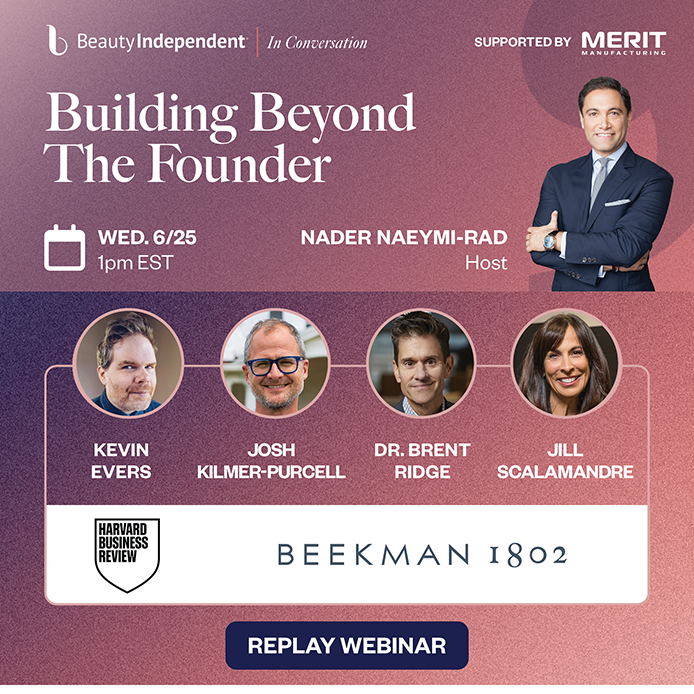
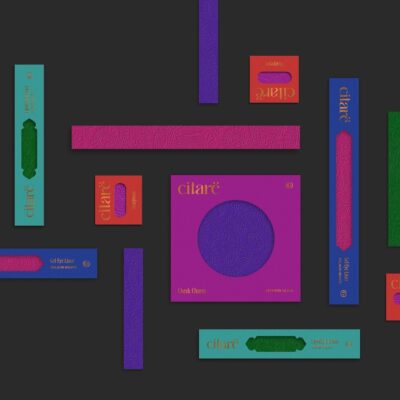
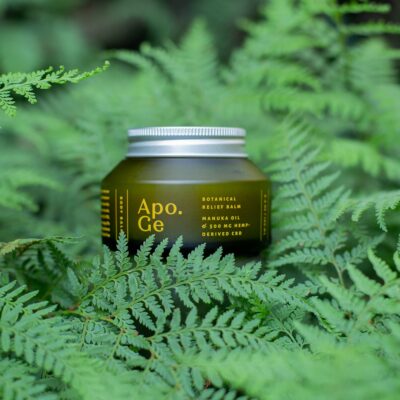
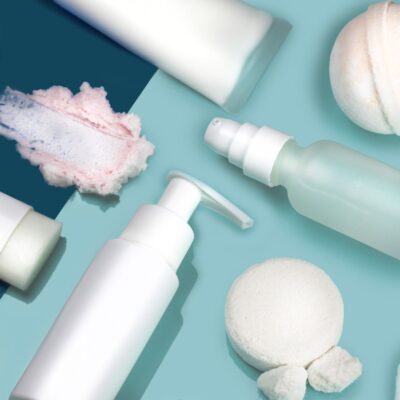
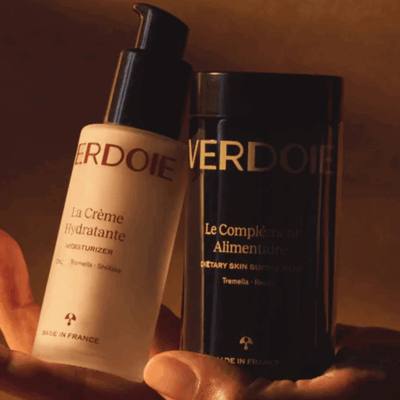
Leave a Reply
You must be logged in to post a comment.